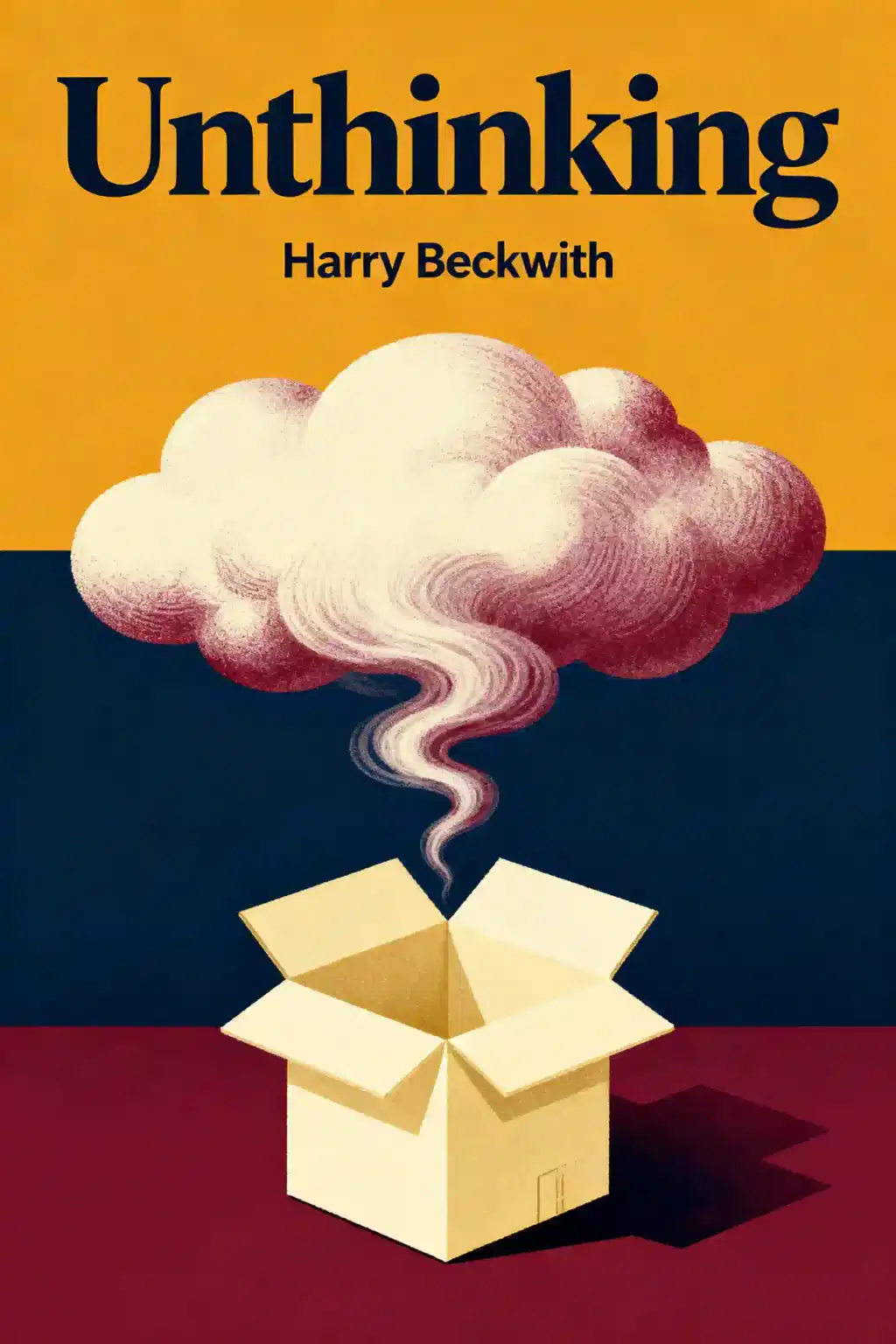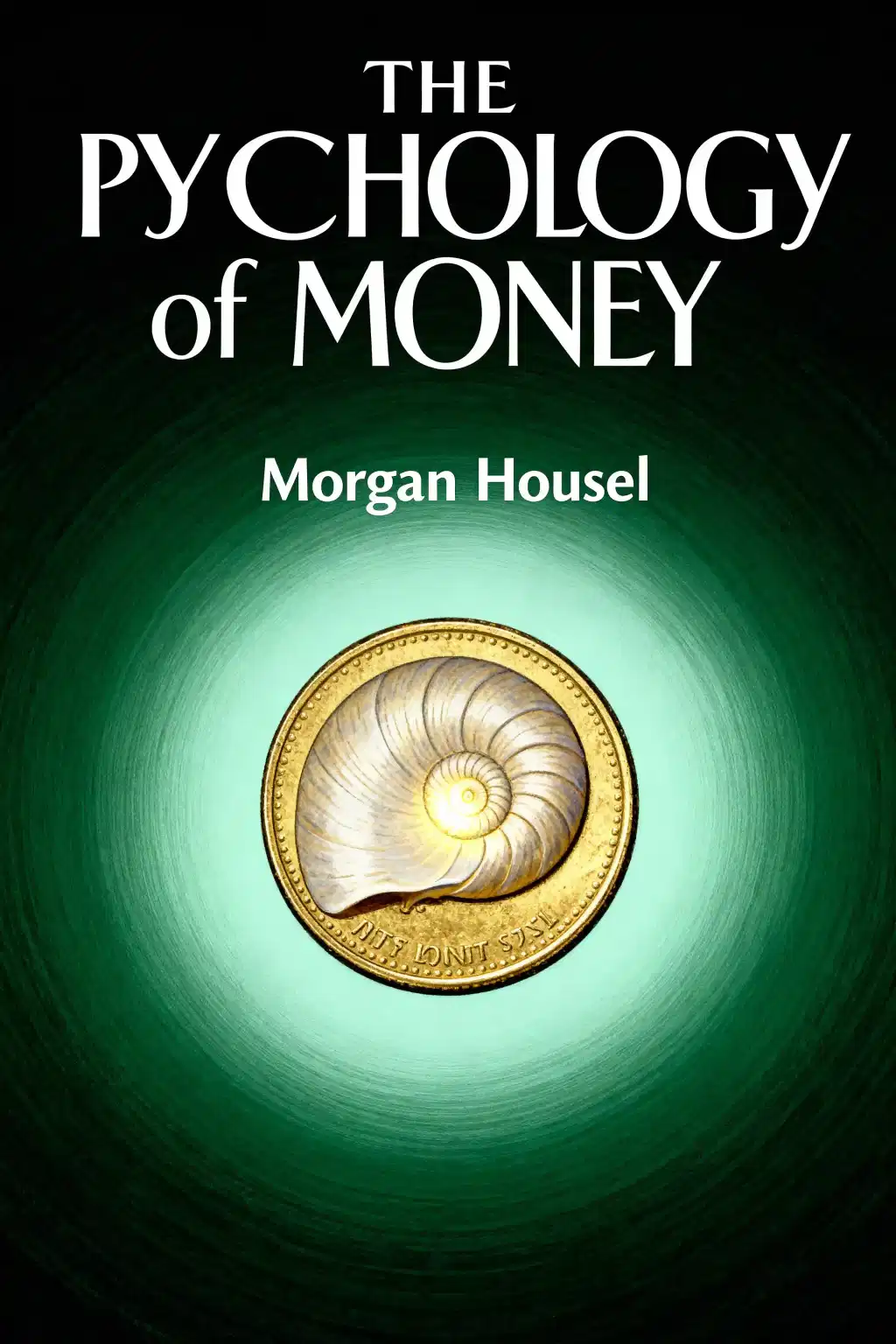What is Why We Buy: The Science of Shopping about?
Why We Buy by Paco Underhill explores the psychology and behaviors behind consumer shopping decisions. The book reveals how store environments, layouts, product placement, and customer service influence purchasing patterns. Drawing from over 20 years of field research in retail spaces worldwide, Underhill explains the "science" of shopping through real-life examples and data-driven insights that help retailers create more engaging and profitable shopping experiences.
Who is Paco Underhill, author of Why We Buy?
Paco Underhill is a retail anthropologist, urban geographer, and founder of Envirosell, a research and consulting firm specializing in retail environments. With over 25 years conducting shopping behavior research, Underhill has worked in 50 countries with more than one-third of Fortune 100 companies. His expertise in consumer behavior has made him a leading authority in retail psychology, earning him recognition as "a Sherlock Holmes for retailers" by the San Francisco Chronicle.
Who should read Why We Buy by Paco Underhill?
Why We Buy is essential reading for retail store owners, managers, marketers, sales professionals, and entrepreneurs interested in consumer psychology. The book provides valuable insights for anyone involved in the retail industry looking to improve store layouts, increase sales, and enhance customer satisfaction. While some retail experts may find certain concepts basic, the accessible writing style makes it suitable for business students and shoppers curious about their own purchasing behaviors.
Is Why We Buy: The Science of Shopping worth reading?
Why We Buy is highly recommended for its valuable insights into consumer behavior and practical retail strategies. The book is well-researched, accessible, and offers actionable advice that can be applied in real-world settings. Many readers praise its eye-opening perspective on shopping psychology, noting they never look at stores the same way afterward. Published in 26 languages and selling more copies than any other retail book in history, it remains a foundational text in the field.
What is the butt-brush effect in Why We Buy?
The butt-brush effect, detailed in Why We Buy by Paco Underhill, describes how shoppers abandon browsing when repeatedly bumped or jostled by other customers. Underhill discovered that when shoppers examining merchandise were brushed by passing traffic, they would stop shopping and move away after just a few interruptions. This insight has significant implications for store layout design, product placement, and aisle width, demonstrating how physical space directly impacts conversion rates and sales.
What are the main concepts in Why We Buy by Paco Underhill?
Why We Buy covers several key concepts including store mechanics, human physiology's impact on shopping, and demographic differences in purchasing behavior. The book explains conversion rates, the transition zone upon entering stores, and how customers navigate retail spaces in predictable patterns. Underhill also explores gender-specific shopping styles, the influence of children on purchases, elderly shopper needs, and how physical factors like having only two hands limits what people can buy. These insights help retailers optimize their environments for maximum sales.
How does Why We Buy explain gender differences in shopping behavior?
Why We Buy by Paco Underhill dedicates significant attention to contrasting shopping styles between men and women. While a feminist revolution in retailing has reduced some differences, Underhill notes that women tend to show more attention to detail while men exhibit more impulsive, hurried purchasing behavior. The book provides specific data, such as 65% of males who take jeans into fitting rooms will buy them, compared to only 25% of women. Understanding these patterns helps retailers design spaces and strategies that appeal to both genders effectively.
What research methods does Paco Underhill use in Why We Buy?
Paco Underhill's research methodology in Why We Buy involves tracking customers unobtrusively as they move through stores, using direct observation, time-lapse photography, interviews, and detailed data collection. His team takes comprehensive notes on browsing duration, what shoppers touch and examine, purchase patterns, and spending amounts. After more than 20 years of this field research across thousands of hours, Underhill compiled a massive database of shopper behavior patterns that forms the foundation of Why We Buy's insights.
What are the criticisms of Why We Buy by Paco Underhill?
Critics of Why We Buy note that some findings may seem fairly basic or general, particularly for retail professionals already working in the field. Some reviewers mention that experienced retailers may not discover groundbreaking revelations, as Underhill addresses a broad audience including entrepreneurs rather than providing highly specialized technical content. However, most agree the book's accessible approach and practical examples make these insights valuable even when concepts appear straightforward, and the international retail comparisons add unexpected depth.
How is Why We Buy: The Science of Shopping structured?
Why We Buy is divided into five parts, each examining different aspects of buyer behavior. Part 1 explains how every retail attribute affects purchases, from parking lots to aisle sizes. Part 2 explores human physiology's limitations on shopping patterns. Part 3 details gender differences and includes analysis of elderly shoppers and children's influence. The later sections cover global consumer trends and internet shopping evolution. This comprehensive structure takes readers from physical store mechanics through demographics to broader retail transformation.
What can retailers learn from Why We Buy by Paco Underhill?
Retailers reading Why We Buy learn that small environmental changes dramatically impact sales—display positioning, shelving arrangements, signage wording, and aisle width all influence purchasing decisions. Underhill teaches that understanding conversion rates, accounting for how customers physically move through spaces, and recognizing that over 60% of purchases weren't on shopping lists are crucial insights. The book emphasizes making buying as easy as possible by reducing customer effort, optimizing store layouts for natural traffic patterns, and designing spaces that account for human limitations like having only two hands.
Why is Why We Buy still relevant for modern retail in 2025?
Why We Buy remains relevant because its core insights into human psychology and shopping behavior transcend specific retail trends. While the book has been updated to address internet shopping and global consumers, the fundamental observations about how people physically interact with retail environments, make impulsive decisions, and respond to store design continue to apply. As retail evolves with technology, understanding the unchanging aspects of human behavior—from the butt-brush effect to gender-specific shopping patterns—helps businesses adapt their strategies while maintaining customer-centric design principles that drive sales.














